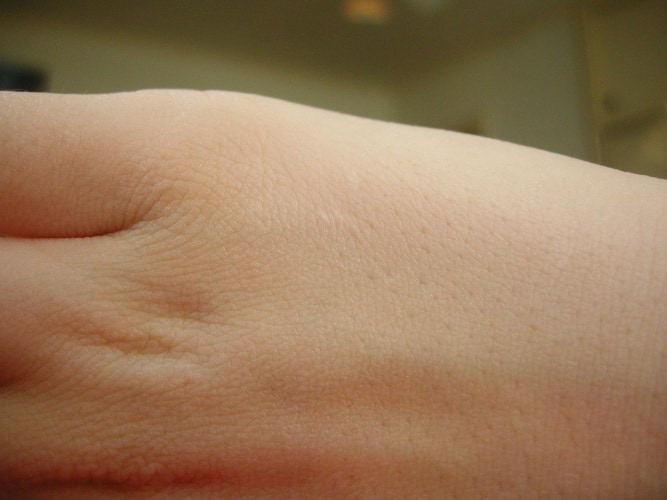More in
3D bioprinted skin gets pigmentation upgrade
Researchers in Singapore have developed a new technique for bioprinting human skin that enables the control of pigmentation.

(Credit: Helena Paffen via CC)
3D printed skin is used for grafting as well as toxicology and chemical testing, but currently lacks complex features such as pigmentation or hair follicles. However, by controlling the distribution of melanin-producing skin cells on a biomimetic tissue substrate, human-like skin pigmentation can be produced. The work is described in the journal Biofabrication.
"3D bioprinting is an excellent platform for the precise deposition of biomaterials and living cells to make biomimetic skin, in large volumes with great repeatability,” said lead author Wei Long Ng, from Singapore’s Nanyang Technological University.
“However, non-uniform skin pigmentation is often seen, and this remains a huge challenge to be solved.”
The research team featured scientists and engineers from the Singapore Institute of Manufacturing Technology (SIMTech) as well as Nanyang’s Singapore Centre for 3D Printing (SC3DP). Three different types of skin cells - keratinocytes, melanocytes, and fibroblasts – were used to create the pigmented skin, in what is described as a two-step ‘drop on demand’ bioprinting method.
Register now to continue reading
Thanks for visiting The Engineer. You’ve now reached your monthly limit of news stories. Register for free to unlock unlimited access to all of our news coverage, as well as premium content including opinion, in-depth features and special reports.
Benefits of registering
-
In-depth insights and coverage of key emerging trends
-
Unrestricted access to special reports throughout the year
-
Daily technology news delivered straight to your inbox










Water Sector Talent Exodus Could Cripple The Sector
Maybe if things are essential for the running of a country and we want to pay a fair price we should be running these utilities on a not for profit...